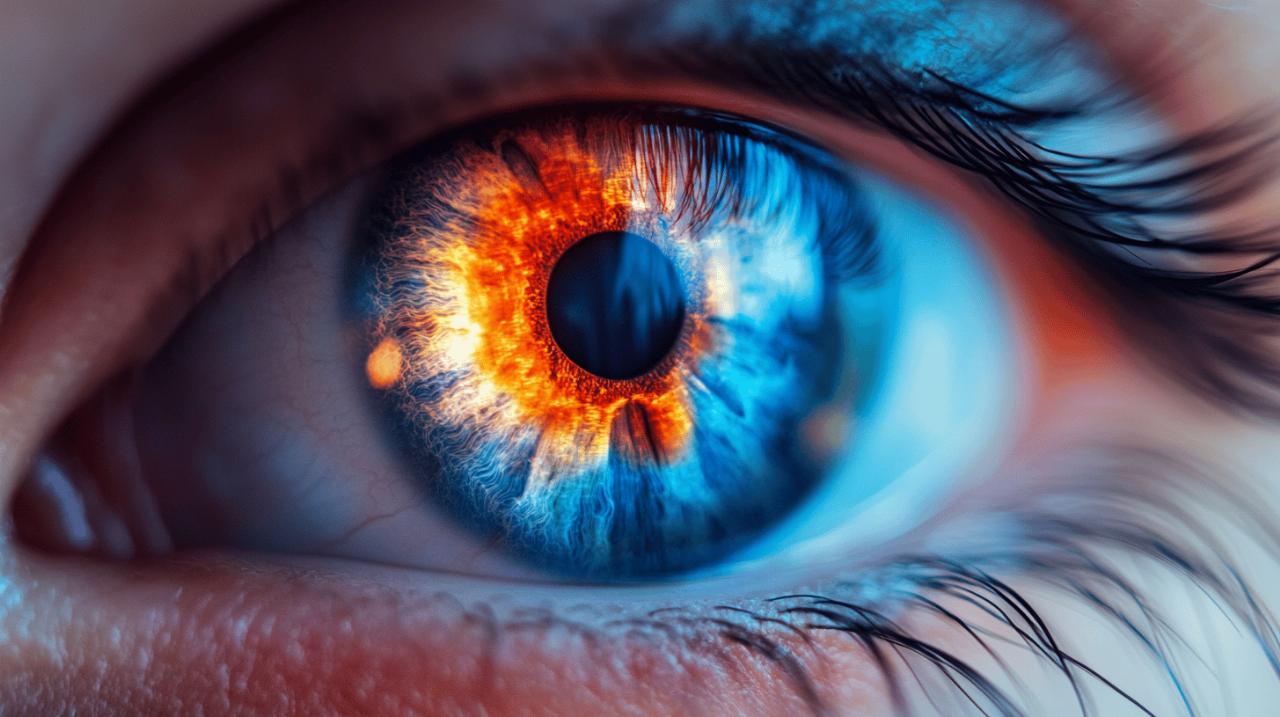Eye-tracking heat maps represent a significant advancement in understanding consumer behavior online, allowing B2C businesses to visualize exactly where potential customers look when interacting with digital content. This visualization technology translates complex user interactions into actionable insights that can directly impact conversion rates across various industries.
Understanding eye-tracking technology in b2c environments
Visual heat maps help online stores increase conversion rates by leveraging eye-tracking based neuromarketing techniques. This technology provides businesses with color-coded visualizations that represent user interactions including scrolls, clicks, cursor movements, and most importantly, visual engagement patterns. The resulting data transforms abstract user behavior into concrete, actionable information that drives website optimization strategies.
Key components of eye-tracking systems
Modern eye-tracking systems measure several critical aspects of visual interaction including eye movement, pupil dilation, and blinking patterns to understand user attention. These systems typically involve specialized equipment such as screen-based sensors or glasses that track where users look while engaging with content. Each visualization uses a distinctive color scheme where warmer colors (reds and oranges) indicate high attention areas while cooler colors (blues and greens) show less engagement. Many businesses partner with Punto Log and similar specialized conversion rate optimization agencies to implement and interpret these systems effectively.
Interpreting visual attention patterns in consumer behavior
The interpretation of visual attention data reveals critical insights into how consumers process information on websites. Eye tracking heat maps show precisely which elements draw initial attention, how users navigate through content, and where they spend the most time. This detailed visualization helps identify if calls-to-action are being noticed, whether key product information receives appropriate attention, and if the overall user journey aligns with business goals. When combined with other analytics tools like click maps and scroll maps, businesses gain comprehensive understanding of user behavior that drives data-driven optimization decisions.
Implementing heat map insights for higher conversions
Business-to-Consumer (B2C) companies looking to maximize their conversion rates need data-driven approaches that reveal how users actually interact with their websites. Heat mapping technology offers valuable visual representation of user behavior through color-coded data visualization. By analyzing where visitors look, click, and scroll, businesses can make strategic website modifications that directly impact their bottom line. Eye-tracking heat maps provide especially nuanced insights by capturing users' actual visual attention patterns, going beyond assumptions about what elements draw interest.
Heat maps use warm colors like red and orange to indicate high engagement areas and cooler colors like blue and green to show lower engagement zones. This visual approach to analytics makes complex user behavior data easily interpretable, allowing marketing teams to quickly identify opportunities for website optimization. When properly implemented, these insights can transform underperforming pages into conversion powerhouses.
Strategic website element placement based on gaze data
Eye-tracking heat maps reveal exactly where users' eyes naturally gravitate on a webpage, providing crucial intelligence for strategic element placement. This data proves invaluable when positioning critical conversion elements like call-to-action buttons, lead forms, and key messaging. For instance, one case study revealed that hiding “Download for Free” text above a download button increased conversions by 10%, while moving navigation to the footer led to a 25% conversion boost for a dating app.
When designing layouts based on gaze data, businesses should focus on placing their most important content in naturally high-attention areas. Heat map analysis often shows F-pattern or Z-pattern reading behaviors on websites, which can guide content hierarchy decisions. Companies should also consider that visual attention varies by device – mobile users interact differently than desktop users. By aligning website element placement with natural eye movement patterns, B2C companies create intuitive user experiences that guide visitors toward conversion actions without requiring conscious effort.
Measuring roi of visual attention optimization efforts
Quantifying the business impact of heat map-based website changes is essential for justifying investment in this technology. The ROI measurement process begins by establishing baseline conversion metrics before implementing changes identified through heat map analysis. Companies can then track improvements in key performance indicators like click-through rates, form completions, and ultimately, sales conversions.
A comprehensive ROI analysis should incorporate both direct conversion improvements and secondary benefits. Many organizations report significant gains from heat map-driven optimizations – Pronto increased leads by 24% after revamping their contact page and navigation based on heat map insights. Given that acquiring new customers costs 6-7 times more than retaining existing ones, even modest conversion rate improvements translate to substantial revenue impact. Data suggests companies typically spend $92 to bring consumers to their site but only $1 to convert them, highlighting the financial opportunity in conversion optimization. By systematically documenting conversion lift from specific heat map-informed changes, B2C companies can build a solid business case for ongoing investment in visual attention optimization.


